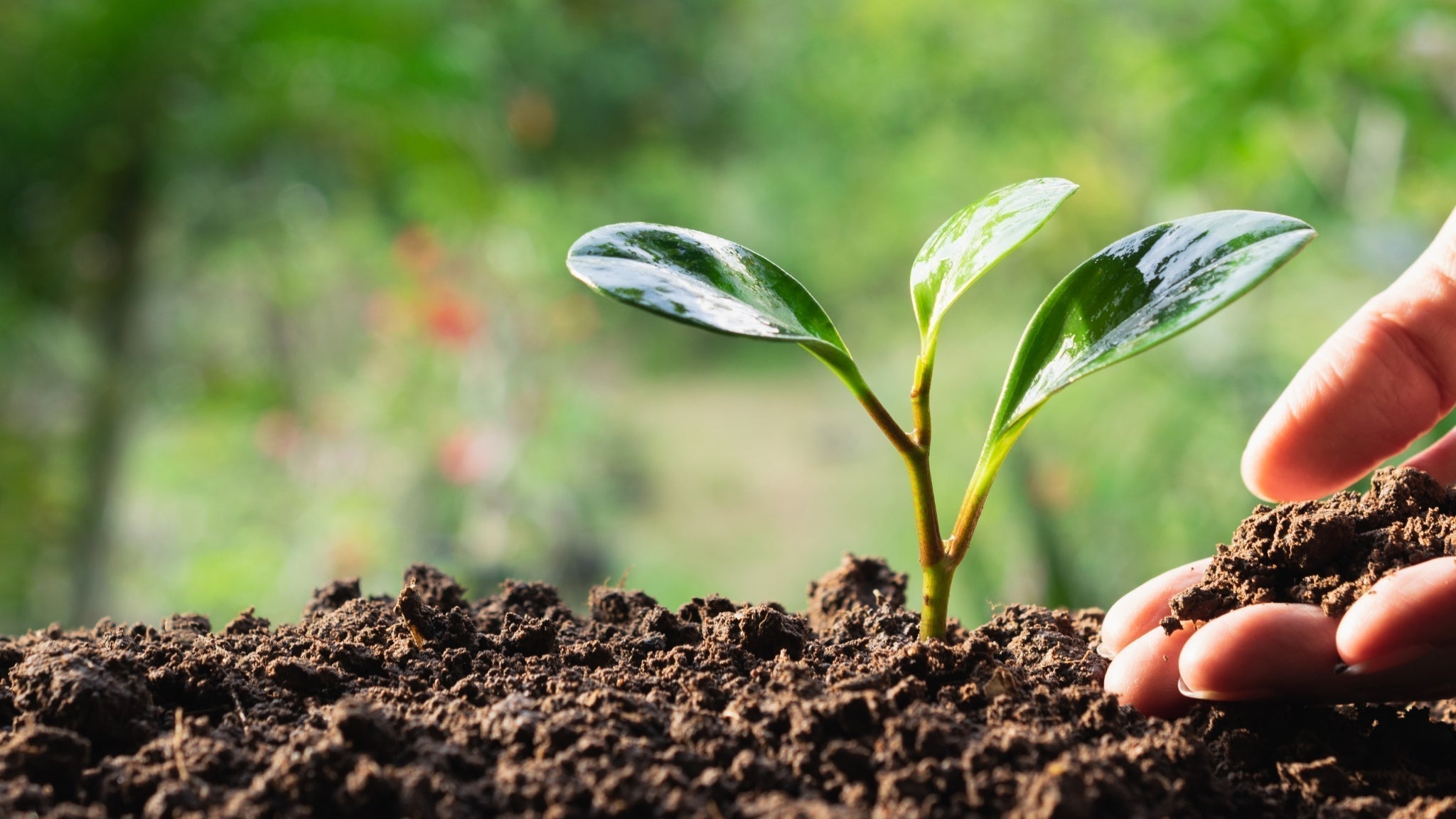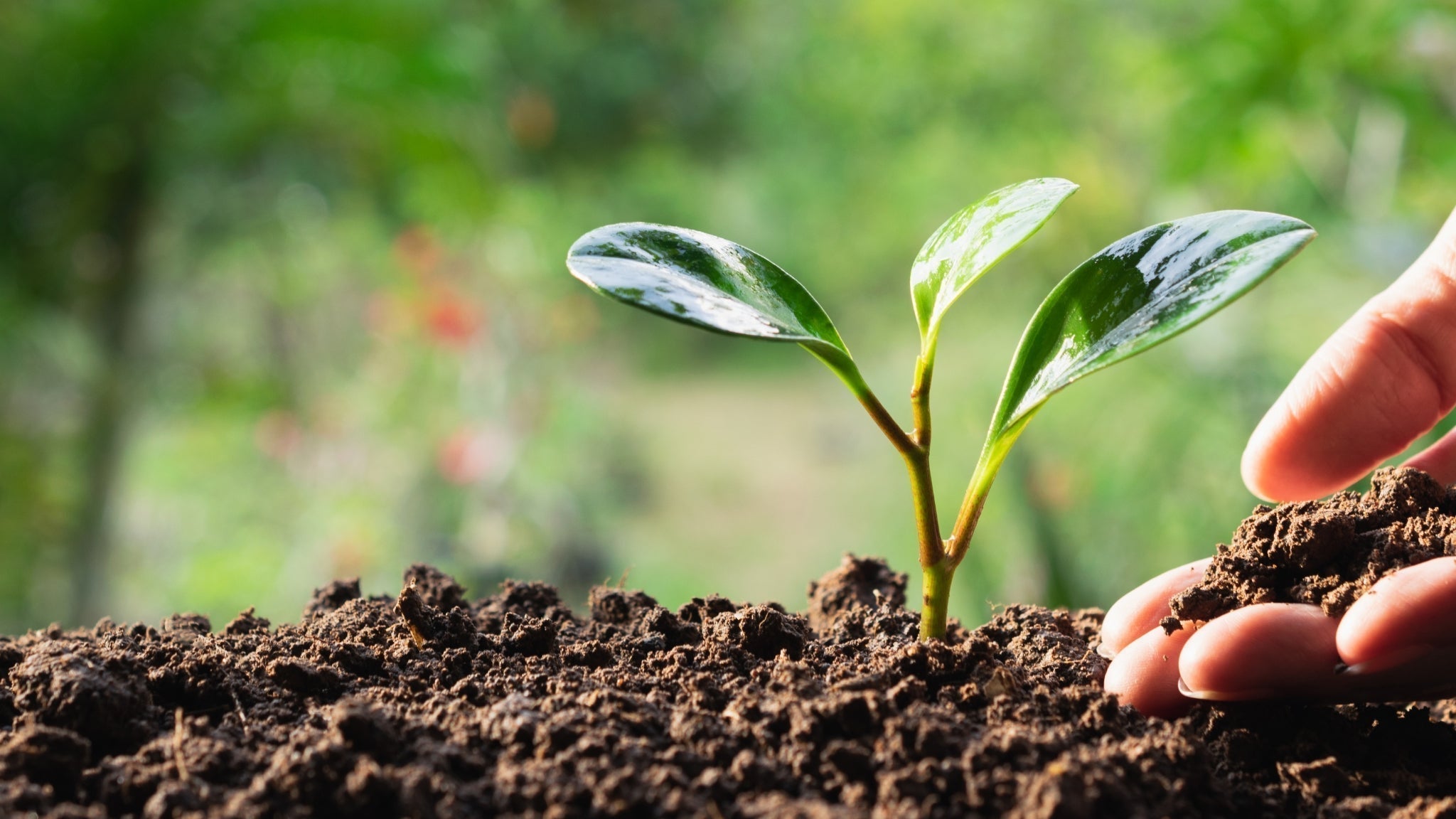Table of Content
- Introduction: Nature as a Teacher
- 1. From Soil to Sole: The Living Cycle That Sustains Us
- 2. Common Plants, Extraordinary Allies
- 3. The Ecology of Connection
- 4. Health Through Botanical Living and Natural Movement
- 5. How to Begin a Botanical Way of Living
- 6. Simple Practices, Profound Connections
- 7. Final Thoughts: Living with Botanical Awareness
- Explore the Naturcontact Outdoor Collection
In today’s fast-paced world, filled with processed habits and disconnected rhythms, nature is no longer a background it’s a teacher waiting to be heard.
At Naturcontact, we believe that reconnecting with the Earth through barefoot walking, conscious breathing, and even the plants that surround us is a way to restore balance and rediscover what it means to live fully, naturally, and freely.
1. From Soil to Sole: The Living Cycle That Sustains Us
Every plant begins in silence a seed under the soil, patient and persistent.
Every barefoot step, too, begins in silence a return to the ground, to gravity, to presence.
Both gestures belong to the same natural cycle: growth through contact.
When we cultivate even a small garden a pot of herbs, a patch of wild greens we participate in the rhythm of life. We learn patience, seasonality, and respect.
Similarly, when we walk in barefoot shoes, we reconnect to the natural feedback loop between body and Earth. Each step becomes an act of awareness, each surface a reminder of our connection to the living world.
Growing food and walking barefoot are two languages of the same truth: nourishment comes from contact.

2. Common Plants, Extraordinary Allies
Many common or wild plants carry wisdom and vitality far beyond their humble appearance.
- Dandelion supports digestion and liver function.
- Nettle strengthens the blood and skin with its iron-rich chlorophyll.
- Mallow soothes and calms, reminding us that healing can be soft.
- Purslane offers rare omega-3s for heart and brain health.
Like the Naturcontact barefoot collections, these plants represent simplicity, resilience, and adaptability thriving in balance with their environment.
Recognizing their value teaches us to eat and live in harmony with what surrounds us.
3. The Ecology of Connection
Botany is not only about species; it’s about relationships.
Each plant interacts with soil, insects, and climate in a delicate system of reciprocity.
This is the same principle behind sustainable design in barefoot footwear where each material, from eco rubber to vegan textiles, participates in an ecological balance rather than disturbing it.
Planting diversity in your garden supports pollinators and soil health; choosing minimalist shoes supports the natural biomechanics of your feet.
In both cases, awareness replaces excess, and nature’s intelligence becomes our guide.

4. Health Through Botanical Living and Natural Movement
Rediscovering plants means rediscovering health not as a product, but as a process of connection.
Wild plants offer:
- Nutrient density richer than most conventional foods.
- Digestive balance through natural bitters and fibers.
- Immune support with antioxidants and minerals.
- Calm and clarity through the mindful act of foraging or gardening.
Walking barefoot offers the same kind of nourishment only through movement.
It restores alignment, strengthens muscles, improves circulation, and awakens sensory intelligence.
Both remind us that wellness is not something we buy, but something we grow through rhythm, curiosity, and contact.
5. How to Begin a Botanical Way of Living
You don’t need to be an expert to begin.
Start by observing: notice the plants that grow in your surroundings many of them are edible or medicinal.
Respect their timing: young leaves, flowers, and seeds each carry their own purpose and flavor.
Experiment: try teas, soups, or pestos made from wild herbs.
Grow awareness: even a few pots on your balcony can teach you the language of light and soil.
Document: keep a botanical journal notes, sketches, reflections. Awareness grows through observation.
And when you step outside do it consciously. Feel the ground beneath your feet, the same ground that nourishes those plants. That is barefoot living in its most authentic form.

6. Simple Practices, Profound Connections
Combine movement and observation:
Take barefoot hikes where you can also identify wild herbs.
Create a seasonal calendar of plants that appear around you.
Press leaves and flowers as natural art.
These small gestures transform walking, eating, and learning into acts of mindfulness.
Nature is not separate from us it’s the field where our senses, steps, and stories take root.

7. Final Thoughts: Living with Botanical Awareness
To live botanically is to live consciously.
To walk barefoot is to walk humbly.
Both remind us that well-being begins with contact with soil, air, and life itself.
At Naturcontact, we design barefoot shoes for this very reason: to bring you closer to what’s real, to help you feel the ground and yourself again.
Every plant, every step, every breath all are part of the same movement: the return to natural living.
Naturcontact Outdoor Collection






